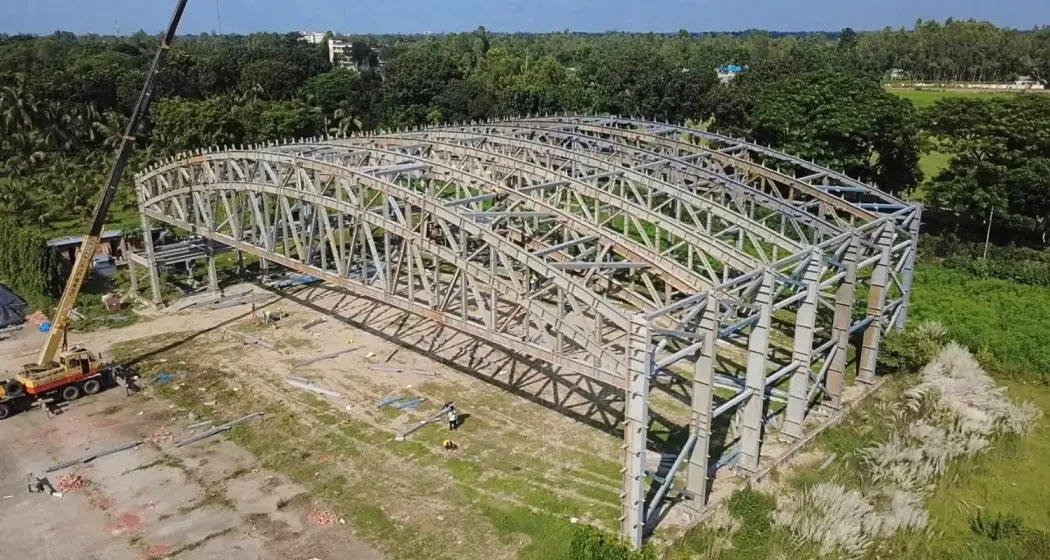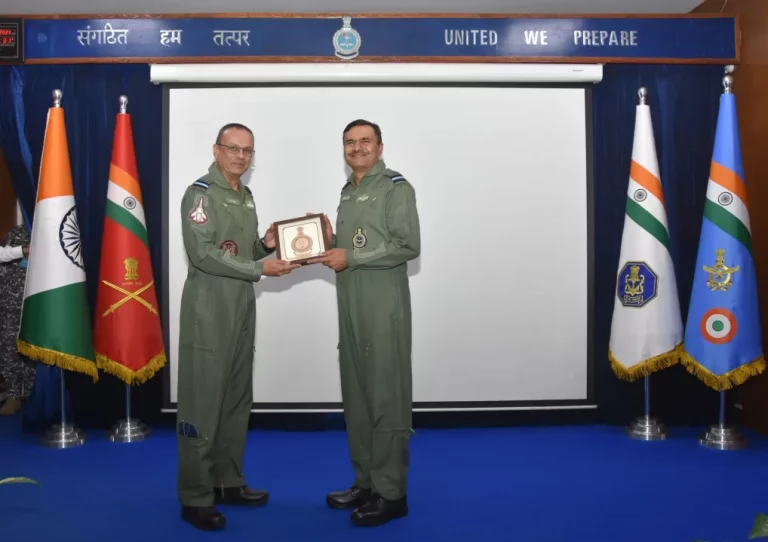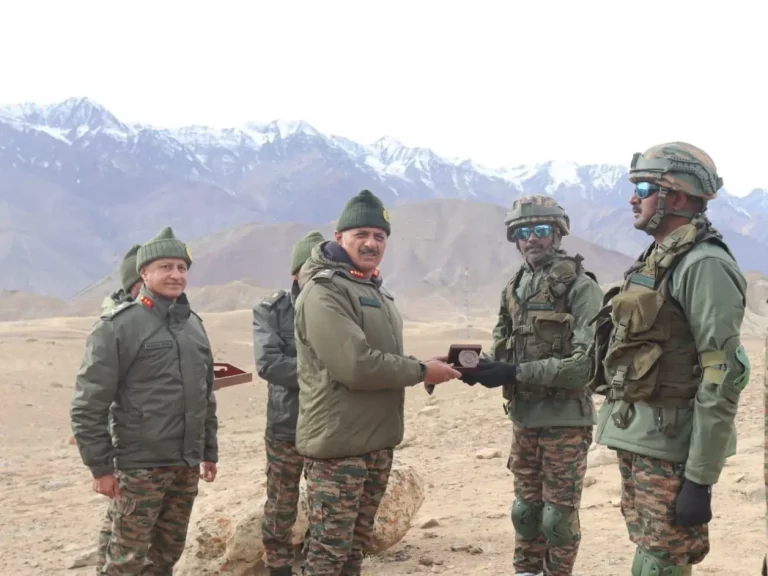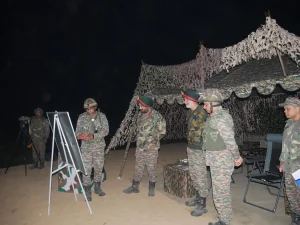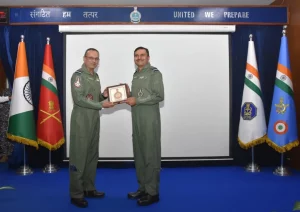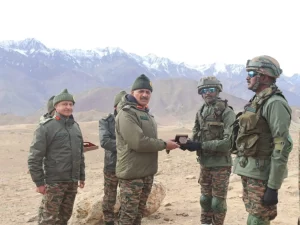Bangladesh is advancing the installation of a sophisticated air defense radar system at the Lalmonirhat airbase, strategically positioned near India’s crucial Siliguri Corridor, often referred to as the “Chicken’s Neck.” This corridor is a pivotal land link between mainland India and its northeastern states, underlining its importance in South Asian geopolitics.
Recent reports indicate that key components for the radar system were transported to the Lalmonirhat base approximately two weeks ago. Construction crews are currently completing a dedicated platform and support structures for the new radar, which will replace outdated equipment. The radar is set to be installed near an old wireless facility, situated about 70 meters from a newly constructed hangar that can accommodate up to a dozen fighter jets.
In the last six months, the Lalmonirhat airbase has seen significant expansion, including the development of new residential quarters and operational infrastructure. Although active combat squadrons are not presently stationed there, the airbase supports regular helicopter and light aircraft operations. Analysts interpret these enhancements as an effort by the Bangladesh Air Force (BAF) to bolster surveillance capabilities in the northern region and enhance situational awareness near the Indian border.
On October 16, a joint inspection involving Indian Military Intelligence and senior officers from the Bangladesh Army took place at Lalmonirhat, Thakurgaon, and Nilphamari. This inspection was led by a Major General from India alongside General Waker-uz-Zaman from Bangladesh. While construction briefly halted during the visit, work quickly resumed, with reports indicating that the project is nearing completion. This interaction has been viewed as a sign of transparency, though Indian defense planners remain vigilant and closely monitor the developments.
The radar deployment aligns with the growing defense collaboration between Bangladesh and Chinese entities. Recent discussions between senior Bangladesh Army officials and representatives from China Vanguard Co Ltd focused on potential procurements, including HQ-17AE short-range surface-to-air missiles and JSG-series target detection radars. There is speculation that the JSG-400 Target Detection Radar, part of China’s HQ-9BE air defense suite, may be integrated into this initiative. The JSG-400 is notable for its capabilities in tracking and guiding interceptors against aircraft and ballistic missiles.
Moreover, Bangladesh has also been developing ties with Western defense partners. The Bangladesh Air Force recently commissioned its second GM 403-M radar, developed by Thales Raytheon Systems, at Bogura. This fully digital, 3D, long-range surveillance system boasts high accuracy and can detect a range of aerial threats, strengthening the overall air defense framework.
The strategic implications of the radar’s location, less than 100 kilometers from India’s Siliguri Corridor, have sparked concern in New Delhi. Experts warn that advanced radar systems in close proximity could enhance external monitoring of Indian airspace, thereby altering the strategic balance in the region.
While Bangladeshi officials assert that this modernization is a routine enhancement of national air defense, the combination of Chinese and Western technologies may provide the BAF with a sophisticated network capable of multi-domain operations. As construction at Lalmonirhat progresses, Indian defense analysts are expected to keep a close watch on the radar’s operational capabilities and coverage area, paying particular attention to whether these installations remain defensive or indicate a shift in Bangladesh’s air surveillance and regional strategy.
